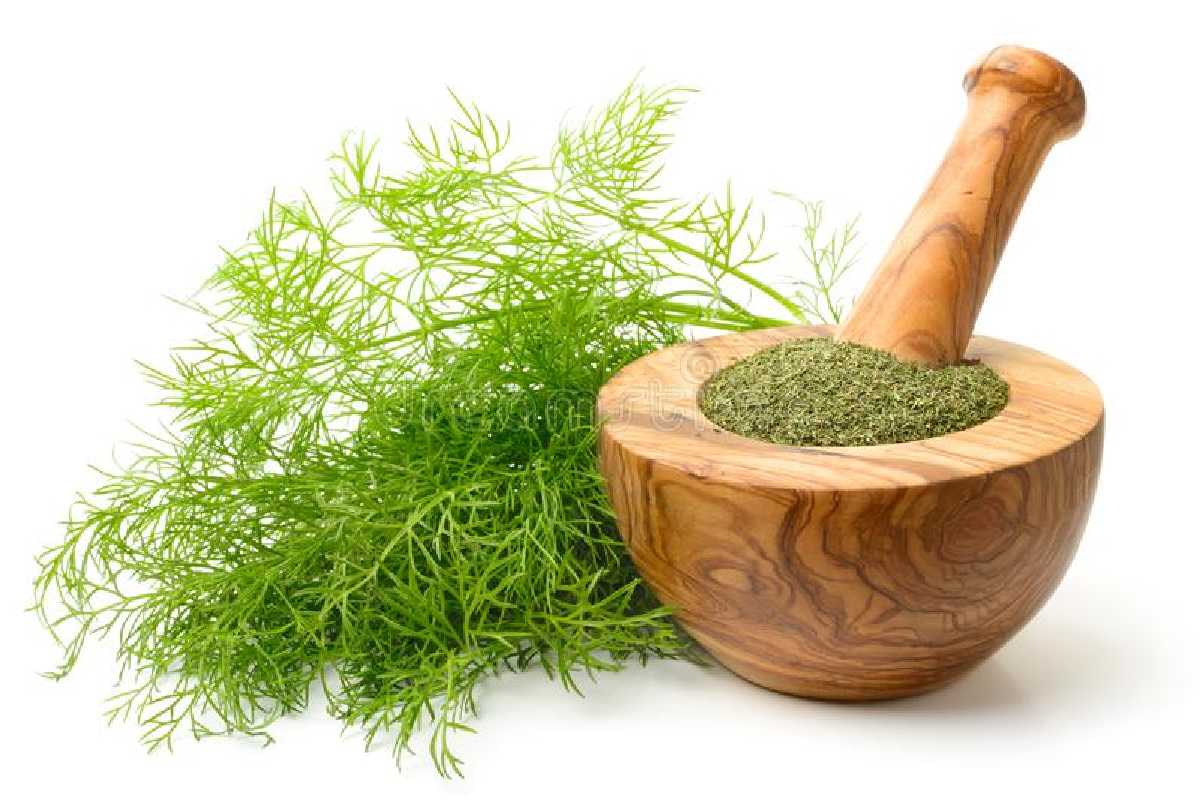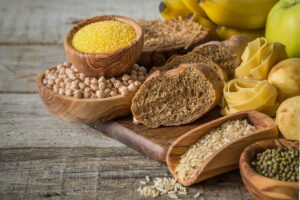
Although dill is most commonly associated with dill pickles and potato salad today, it has been a staple of European and Asian cuisine for millennia. While this seed is used as a spice, the leaves are referred to as the dill weed herb. Although it is in season for fresh dill in the spring and early summer, it is sometimes produced in greenhouses so that it is available all year.
What Is Dill?
The feathery green leaves of this plant (Anethum graveolens) are used to manufacture the dill weed herb, while the flat, oval fruits make dill seed spice. It’s a good idea to be aware of this annual celery-related herb’s propensity to replant itself and spread widely if you’re considering putting it in your garden. These seeds are used in pickles and other foods as a spice. This is delicate, like chervil, and goes incredibly nicely with eggs or salads.
Fresh vs. Dried
Dried variety is available in the supermarket’s spice aisle, but it doesn’t have the same flavor as the fresh variety. If that’s all you can find, add more dried variety to the recipe to give it a dill flavor. This will also be sold in dried form, which is suitable for all applications.
What Does Dill Taste Like
It has a grassy flavor with a hint of licorice-like anise. Be mindful that dill plants blossom or “bolt” whenever the weather gets hot. The leaf’s flavor is altered by bolting, becoming less fragrant and bitter. These seeds has a milder flavor than caraway.
Cooking With Dill
It is excellent to use as a garnish because of its distinctive flavor, which makes a little go a long way. These leaves have a lovely feathery texture, and even a tiny sprig may give food a distinct scent. Along with buttermilk, it is a significant component in giving homemade ranch dressing its distinctive flavor. It is also tasty in salads.
This weed should only be used as a last-minute addition to recipes since the longer it is cooked, the more flavor it will lose. In contrast, these seeds grows more aromatic and flavorful when cooked. These seeds is frequently roasted in a hot frying pan before adding to recipes. Additionally, these seeds are frequently used in pickles.
Substitutions
If the weed and seed must be substituted, 1 tablespoon of finely chopped fresh variety is equivalent to 1 teaspoon of dried dill weed. It’s helpful to know that 1/2 ounce of fresh dill generates roughly 1/2 cup of leaves because some recipes ask for weight rather than volume or vice versa.
Storage Of Dill
Fresh variety of this weed stems should be used within a day or two after being brought home and stored in the refrigerator loosely wrapped in plastic. Dill tends to wilt and turn mushy quite fast after being plucked.
Dill can be preserved for a little while. Place it in a bunch in a jar or glass of water (much like flowers). Covering the top with plastic and storing the entire container in the refrigerator.
It freezes well but loses some of its flavor when dried. The leaves can be frozen successfully in a food processor or blender after chopping the leaves into little pieces with a pulse. Add just enough water to make a paste out of the chopped leaves. Paste should be spooned onto an ice cube tray and frozen. I moved it to a sealable plastic bag and kept it in the freezer. Then, add its ice cube to give soups or stews a blast of fresh dill flavor.






